Discover the enchanting Chumi Gyatse, a collection of 108 waterfalls nestled near the India-China border in Arunachal Pradesh. Learn about its cultural and religious significance, the unique ‘Shangrila Calling’ Festival, and the contrasting experiences on both sides of the border.
India-China Border
Nestled far away in India’s land of the rising sun, a tiny hamlet called Tsechu (meaning hot water) located barely 250 meters from the India-China border in the Tawang district of Arunachal Pradesh has been in the news of late for its natural splendour and Buddhist folklore making it a much sought after “Shangrila” for people from across the country and from overseas. The place began a unique event called the ‘Shangrila Calling’ Festival in 2021 to spread the stories, folklore and culture associated with the spell-binding Chumi Gyatse or the “Holy Waterfalls” to the outside world.
Chumi Gyatse: The ‘Shangrila Calling’ is born out of a desire of the Monpas to bring out the essence of the various facets of Tibetan Buddhism and its relevance to places like the Chumi Gyatse, which is one of the many Buddhist heritage sites that dots the mountainous terrains of Arunachal Pradesh on India’s eastern frontier.
The Monpas, who mostly live in Arunachal Pradesh in the Tawang and West Kameng districts, and also some to the north in Tibet, in a contiguous belt in the upper Himalayas, believe that folklore and beliefs connected to Buddhist heritage sites like the Chumi Gyatse need to be told to the outside world, and in doing that, the ‘Shangrila Calling’ would make a huge difference. In particular, the Monpas are hopeful that their brethren who live on the “China side” of the Holy Waterfalls can be part of such events wherein they would be able to experience the joy and spiritual essence of the place as well.
As of now, Tibetans who live close to Chumi Gyatse on the Chinese side are believed to be deprived of offering prayers and preserving their culture and religious beliefs in their purest form in contrast to the Monpas living on the Indian side of the border.
The international border that cuts across the Chumi Gyatse provides a contrasting picture and this came to the fore during a recent visit to the waterfalls. The Indian side is almost picture perfect with gigantic waterfalls cascading down lush green mountains, thriving with life and fun-filled intermingling of people, with many drinking the holy water to cure them of diseases and bring them good fortune (a traditional belief), whereas others were busy enjoying the freshness of the air as if there was no tomorrow, and posed for as many photographs as they could near a Gompa with a picture of the Dalai Lama on it.
On the other side of the border, the only thing visible up to half a kilometre or more was a Chinese border outpost (a small hut) located below two giant undulating mountains almost cuddling one another with the Chinese flag, a picture of China’s president Xi Jingping and surveillance CCTV cameras picking up live images of the activity on the Indian side.
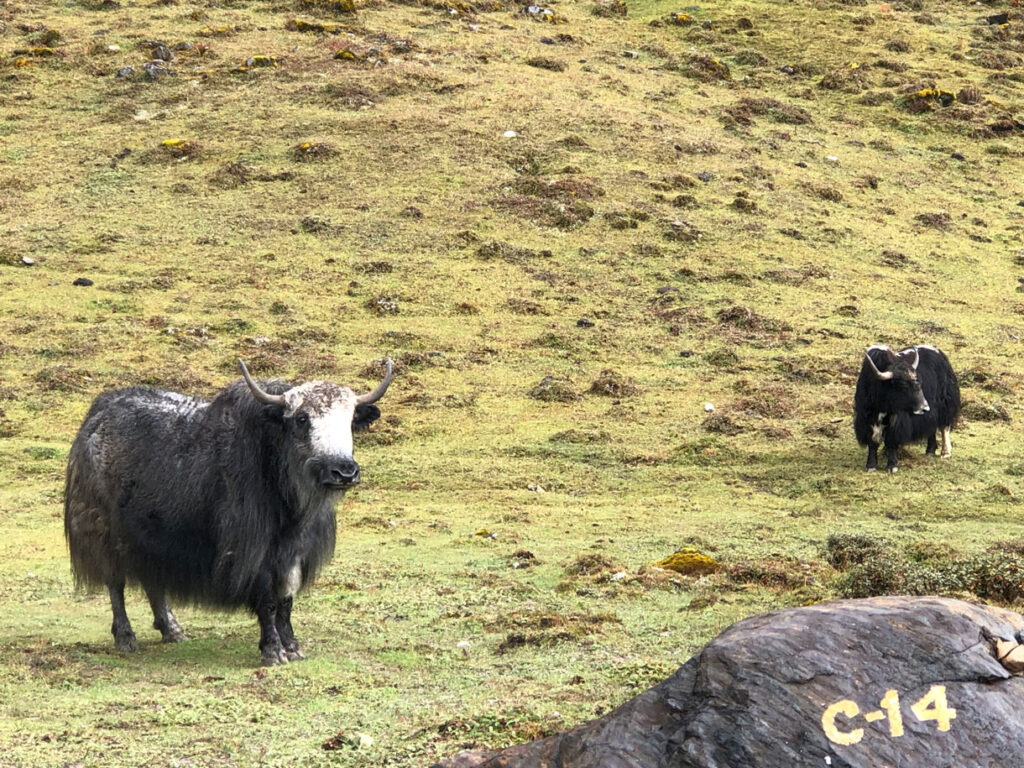
The Story of the Chumi Gyatse
The Chumi Gyatse (which is) a collection of 108 waterfalls dropping from an elevation of (about) approximately 11,500 feet, is said to derive its name from water or “Chu,” Mi meaning “holes,” and “Gyatse” meaning the 108 beads of a rosary or the Buddhist mala. Popularly known as the “Holy Waterfalls”, the Chumi Gyatse lies at an approximate distance of 250 kilometres from the India-China border in the Yangtse area which is one of the disputed regions along the McMohan line that divides India and the (Tibetan) Autonomous Region of Tibet in China.
The waterfalls, tucked away in the remoteness of Tsechu and have been relatively unknown all this while, came to prominence when Arunachal Pradesh Chief Minister, Khandu whose Legislative Assembly Constituency – Mugto, encompasses the area, helped initiate the building of a Gompa in 2019 (Buddhist prayer hall) for the local inhabitants in 2019. Along with the prayer hall, a newly built statue of Guru Padmasambhava who is believed to have created the Chumi Gyatse was also dedicated by the Chief Minister.
The original temple called Domtsang, which is believed to be almost 500 years old lies in Tibet on the Chinese side of the border. Local monks and inhabitants of the villages surrounding the waterfalls believe the temple in Tibet “had been destroyed during the invasion of Tibet by the Chinese army in 1950.” “The temple used to be in Tibet and we don’t know what exists there now,” said a senior monk Karseng Lama.
Of the many folklores associated with the formation of the waterfalls, the one that seems to have caught the imagination of the people is connected to the revered legendary Indian Buddhist mystic who is also the Guru Rinpoche. The story goes that Padmasambhava who is revered by the followers of Tibetan Buddhists as the “Second Buddha” flung his rosary containing 108 beads which hit the rocks resulting in the 108 waterfalls. He is said to have done this in response to a challenge from a Bon Lama (monk). Another story has it that he created the falls after frantic prayers from local residents to cure them of a plague that had spread throughout the area. On drinking the water, the locals are said to have been cured from the disease, which is incidentally what a tourism department plaque outside the entrance to this place mentions.
But there are a few other narratives associated with the waterfalls and its creation. According to Karsang Lama, a senior monk at the Chumi Gyatse Gompa, “the Karchek,” a 600 page Tibetan book that documents stories of Gompas and temples in Tibet talks about a Guru named Lawapa, considered to be an avatar of the Manjushree (the embodiment of all of Buddha’s wisdom), as the creator of the waterfalls.
“There were three gurus, Lawapa, Nakpopa and Matipa, who came from Tibet to this area for meditation. They lived in three different caves on either side of the mountains. Two extraordinary events are said to have happened. One of the gurus ran out of pens while continuously writing in between his meditation. On learning about this, Nakpopa threw his pen towards his friend which landed upside down near the cave giving rise to and upside down bamboo grove,” said Karsang Lama, while reiterating that “it was the power of guru Lawapa which created the 108 waterfalls.”
The waterfalls were apparently created by the guru to overcome scarcity which one of the gurus was facing while meditating in his cave. “On hearing about the problem guru Lawapa used his power by chanting some mantra and pointed towards the rocks and produced water from 108 different holes. This is the true story and written in the book, the Kharchek, from where we have found all these details”, said Karsang Lama, while acknowledging that the “throwing of the Buddhist mala (rosary) is also what is believed by many people.”
According to the Lama, Guru Padmasambhava came to Yangtse and worshipped at the Chumi Gyatse. “He cleaned up the place and has been largely instrumental for its popularity.”
But there is no disputing the fact that this place forms one of the important trails of the venerated Guru Padmasambhava who was born in Odisha in India and travelled across the Himalayan region in the 8th century laying the foundation of the Nyingma tradition. The story of Guru Padmasambhava’s travels from India and the Himalayas have been well documented even as the Chinese have also laid claims that the birthplace of the guru was in Tibet on the pretext that the secret cave complex where he mediated lies along the disputed Yangtse area of Arunachal Pradesh.
While all the 108 waterfalls cannot be seen at once from the foothills of the Chumi Gyatse, local monks and villagers say that in the past “people climbed different mountain tops from where they could see all the 108 falls.” Furthermore, the water that oozes out, unlike any other waterfalls, is not snow water. “It comes from inside the mountains. This water does not dry and flows constantly,” says Karsang Lama.
The Healing Power of the Chumi Gyatse water
The water from this waterfall is considered as ‘Amrit’ (nectar) by the Monpas who use the water to cure themselves and their family members from any sickness. “You have to drink it from your heart to get healed,” says Karsang Lama, while pointing to “many kinds of beliefs.”
A popular story associated with the waterfalls is that after dirking the water, married couples have been blessed with children. “I heard this story, but it’s not written in the book,” the Lama says with a smile on his face, adding, “if you pray from your heart and ask for children, that may happen. I heard that the army Commanding Officer posted here took the water for his wife following suggestions by locals and after drinking it his wife delivered a child.”
The legend of the Chumi Gyatse is now expanding beyond the realms of Damteng and Tsechu, as the number of people who come pray and collect the water from here is growing. Thupten Dorjee who brings people from outside the state and also from abroad to visit the waterfalls, is excited that “the stories of our culture which sits so well with the place and its history is spreading and is a meaningful attraction for people from all communities.”
The Road to Chumi Gyatse
Reaching the “Holy Waterfalls” is somewhat still demanding, akin to any other pilgrimage sites where you have to drive long hours, tread through hills and mountain tracks and at times, use horseback to get to the place. There are two routes from Tawang which meander through some frightening yet thrilling mountain roads with deep gorges and the most amazing landscapes anyone could ever ask for. The longer route through Khirmu and Jangda covering a distance of approximately 130 kms takes five hours whereas the shorter one which is along the Bumla pass route takes about three hours.
Our story-telling mission chose to take the shorter route snaking along the gorgeous Pt Tso lake, and taking a diversion at a point near the Joginder war memorial about two kilometres before reaching Bumla, driving through a mix of black top kuccha muddy roads leading to the Lungro Grazing Ground (LGG) and covering a distance of approximately 88 kms.
The ride covering various altitudes from 15,200 to 15,600 feet provides a unique opportunity to bask in the serenity of quaint hilly surroundings, watch the wild yaks graze in the open grasslands and also engage with people, many of them women, either near a Gompa or along the highways working on roads, Border Roads Organisation (BRO) led construction projects and small roadside villages.
“I couldn’t have understood the place, its people and their livelihood if we hadn’t taken this drive. This makes the trip to the waterfalls so educative,” exclaimed Wanbanjop, our young Shillong based cameraperson as he kept looking out of the moving vehicle to catch a glimpse of everything that caught his gaze.
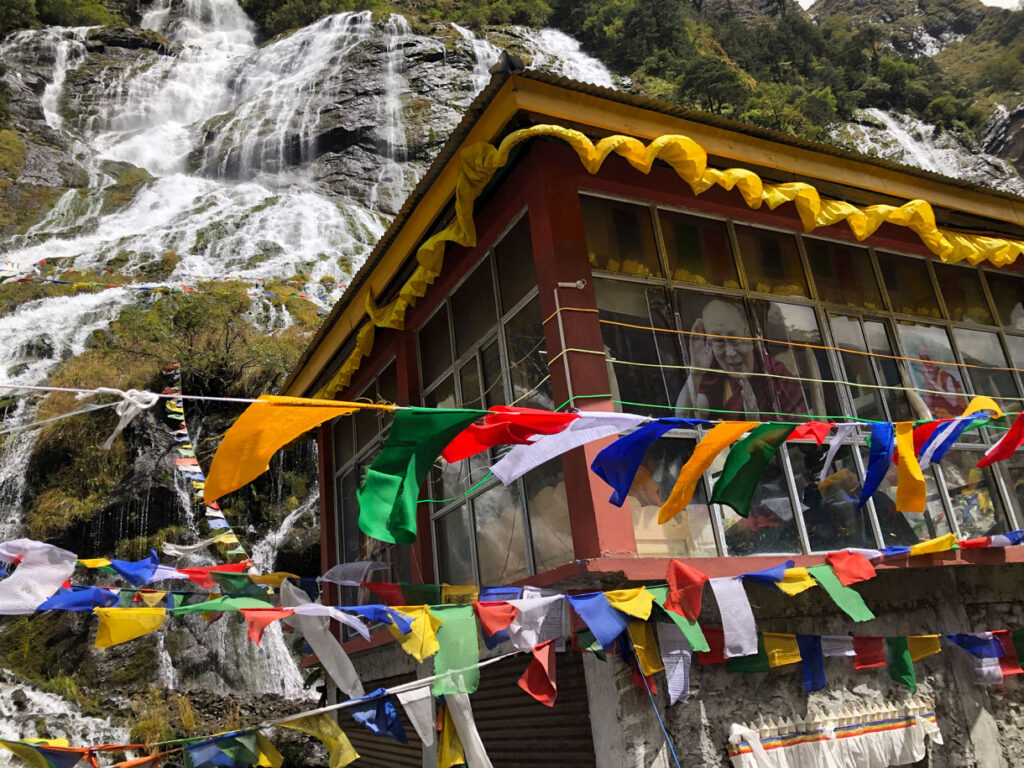
After driving up to the Tshechu village and crossing another village called Damteng which is famous for some its hot springs, we had to walk for another 1.5 kms from an army point to experience the serenity and beauty of the waterfalls.
From November the weather changes overnight with blankets of snow covering the road making the travel to the waterfalls next to impossible. The season for visitors, especially tourist, resumes from May onwards with the arrival of spring with floral bounty everywhere and lesser snow on the roads.
The Making of the Shangrila Calling
The main reason is to promote and develop the area. “The place is extremely important for us, culturally and religiously,” says Jambe Dondu one of the chief organisers of the festival. Besides the beauty of the place itself, it also has huge geopolitical significance which incidentally is weaved into how the culture and the Buddhist religion has been preserved here by the Monpas, in contrast to the story on the other side of the border. The residents on the other side of the waterfalls in the Tibet Autonomous region are believed to be under severe pressure of Sinofication preventing them from making the Chumi Gyatse equally popular and a place for regular worship as is the case on Indian side of the border.
From a cultural and religious point of view, the place should provide access to people cutting across borders, particularly the Monpas who reside across the LAC and form part of the socio-cultural milieu on either side of these majestic waterfalls. Locals from the Tsechu village believe that Buddhist community from across the border are adept at climbing hills and mountains on their side to get a glimpse of the cultural practices on the Indian side and also offer their prayers from a distance.
There have been efforts in the past to create access for Tibetans Buddhists from across the border to be able to come to the Chumi Gyatse. Reports have it that the Chinese side has not reciprocated to a proposal of the Indian government after a meeting of the Working Mechanism for Consultation and Coordination on India-China border affairs, wherein the latter had proposed to the Chinese side to allow Tibetan pilgrims to visit the holy waterfalls.
So far the activities on the Chinese side are completely unknown and the area has been relatively peaceful with inhabitants on both sides being able to interact with each other at the Bumla border. Tsering Wangdu Shakya, a historian and scholar on Tibetan literature, says, “the Chinese have not created problems so far at Chumi Gyatse.”
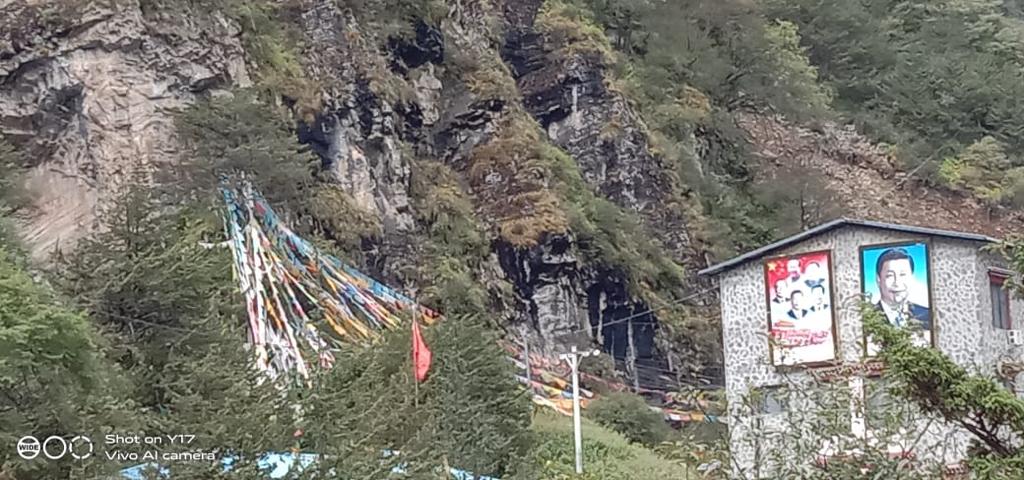
On the Indian side the past few years has been attracting a decent flow of people from inside Bomdila, Dirang, Tawang, Tenga, Itanagar in Arunachal Pradesh and also from neighbouring states in North East and beyond. The footfalls are increasing daily as bloggers, writers’ photographers, trekkers and tourists visit this place, usually after halting at Tawang. Till recently, this place was inaccessible to people barring security agencies and government officials, given the sensitive nature of its location along the LAC.
For tour operators “bringing people from Tawang to the Chumi Gyatse has become a regular affair.” It was Thupten Dorjee’s fourth visit to the place in barely a month, this time he was guiding two young female trekkers from Mumbai. “We don’t know what’s happening on the other side and how our Tibetan brothers and sisters are practicing their culture, but we are happy that our side is doing everything right,” he said as he pointed to towards the picture of a smiling Dalai Lama on the glass walls of the Gompa.
The increase in the footfalls of locals has been a “thing of joy” for the inhabitants of the place and also for the organisers of the ‘Shangrila Calling.’ “This is really good as our own people are gradually learning more about this place and it will help us to show how our culture binds us all and is so unique,” says Gambe.
During the festival the Lamas explain the significance of the place, followed by treks across the local villages to familiarize with the local cultures, an evening of local, Indian and other forms of cultural dances and music. The most prominent folk dance of the Monpas, the Aji Lhamo dance and the lion dance are some of the key cultural events that are on display.
This year the festival was slated for November 9 and 10 but ironically with the demise of Jambe Tashi, the sitting MLA of the Lumla constituency and brother of Arunachal Pradesh Chief Minister, Pema Khandu, the event had to be called off.
Frequently Asked Questions:
1. Where is Chumi Gyatse located?
Chumi Gyatse is situated in the Tawang district of Arunachal Pradesh, India, near the India-China border.
2. What is the ‘Shangrila Calling’ Festival?
The ‘Shangrila Calling’ Festival is an event initiated by the Monpas, the local residents of Tawang and West Kameng districts, to showcase the cultural and religious significance of Chumi Gyatse and promote Tibetan Buddhism. It aims to spread awareness about the folklore and traditions associated with the Holy Waterfalls.
3. What is the significance of Chumi Gyatse?
Chumi Gyatse, also known as the Holy Waterfalls, holds great importance in the Buddhist heritage of the region. It is believed to have been created by Guru Padmasambhava, a revered Indian Buddhist mystic, who flung his rosary, resulting in the formation of 108 waterfalls. The water from Chumi Gyatse is considered sacred and has healing properties according to local beliefs.
4. How does the India-China border impact Chumi Gyatse?
The India-China border cuts across Chumi Gyatse, presenting a contrasting picture. On the Indian side, the waterfalls are a vibrant and thriving tourist destination, where people gather to drink the holy water and experience the spiritual essence of the place. However, on the Chinese side, the area is relatively unknown, with limited access and restrictions on religious practices.
5. What efforts have been made to promote cross-border cultural exchange?
Efforts have been made to promote cross-border cultural exchange at Chumi Gyatse, allowing people from both sides to experience the cultural practices and traditions. However, access for Tibetan Buddhists from China to visit the waterfalls has been limited, and the Chinese government has not reciprocated proposals to allow Tibetan pilgrims to visit the site.
6. How can one reach Chumi Gyatse?
Reaching Chumi Gyatse requires traversing challenging mountain roads. There are two routes from Tawang, one longer route through Khirmu and Jangda (approximately 130 km) and a shorter route along the Bumla pass (approximately 88 km). The roads may be covered in snow during winter, making travel difficult.
7. What is the ‘Shangrila Calling’ Festival’s objective?
The main objective of the ‘Shangrila Calling’ Festival is to promote and develop the Chumi Gyatse area, highlighting its cultural and religious significance. It aims to provide access to people across borders, fostering a sense of unity and understanding among different communities and showcasing the unique cultural practices of the region.
8. How has the ‘Shangrila Calling’ Festival impacted the local community?
The ‘Shangrila Calling’ Festival has attracted increasing numbers of visitors, including tourists, bloggers, photographers, and trekkers, providing economic opportunities for the local community. It has also helped raise awareness about the cultural heritage and history of the region among both locals and visitors, fostering a sense of pride and unity.
9. What is the future outlook for Chumi Gyatse?
Chumi Gyatse is gradually gaining popularity as more people visit the waterfalls and participate in the ‘Shangrila Calling’ Festival. The local community hopes to continue preserving their unique cultural traditions and expanding cross-border interactions, enabling people on both sides of the border to experience the spiritual essence of the place.


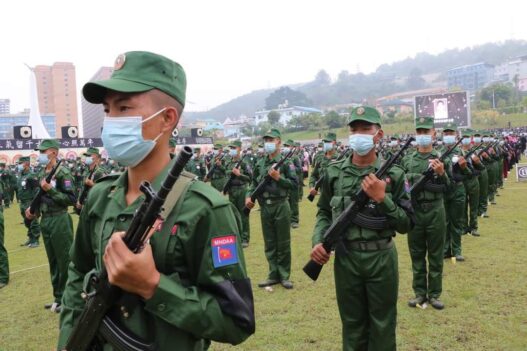
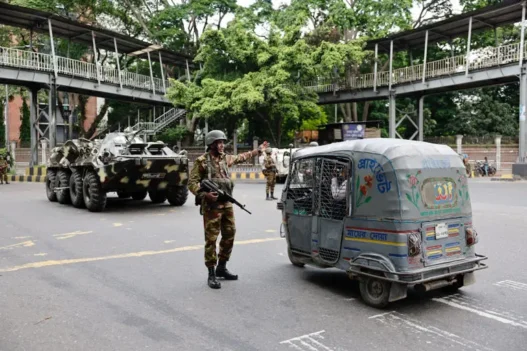
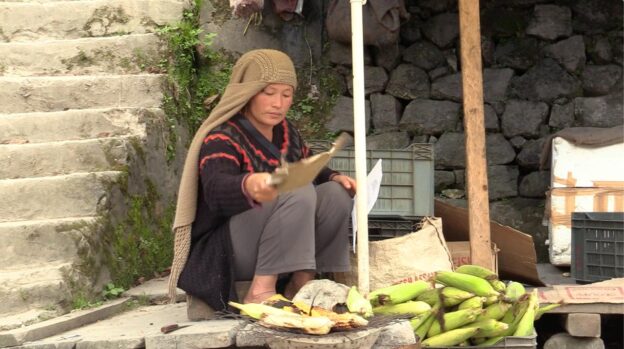
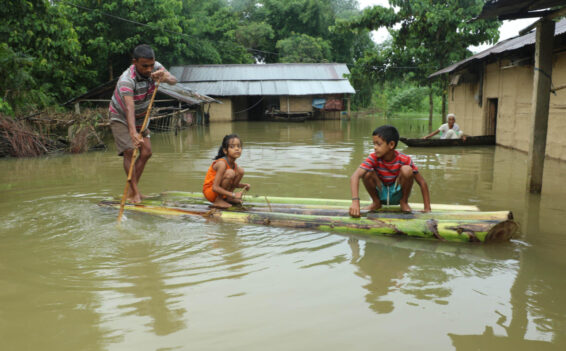
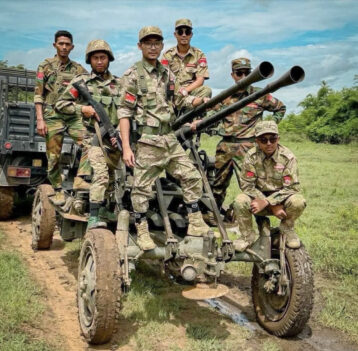
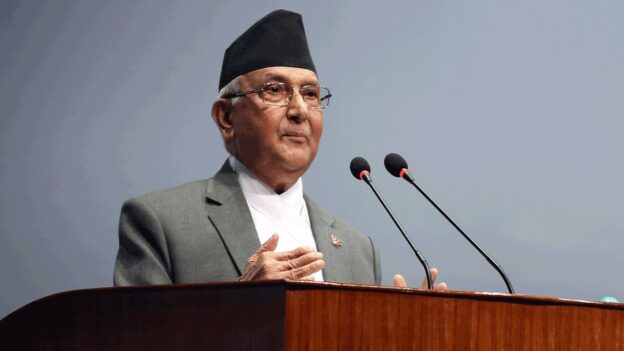
The Chumi Gyatse is a story not many of us in Meghalaya know about….
I’m so grateful to Borderlens for enlightening me (and others) on such an amazing tale of Arunachal Pradesh and enabling me to gather more knowledge about the place and its people.
While watching the first video, it aroused my curiosity as to what would come next! I felt that i was travelling along with the narrator and yes, watching the second video did bring a feeling of tranquility and freshness deep in my heart.
Thank you Borderlens for the effort in bringing the people of North East closer together through such stories.